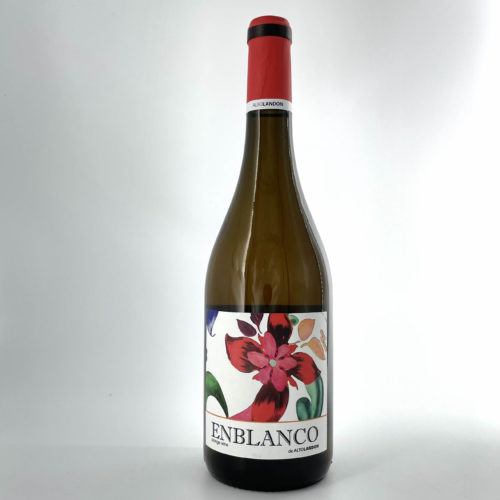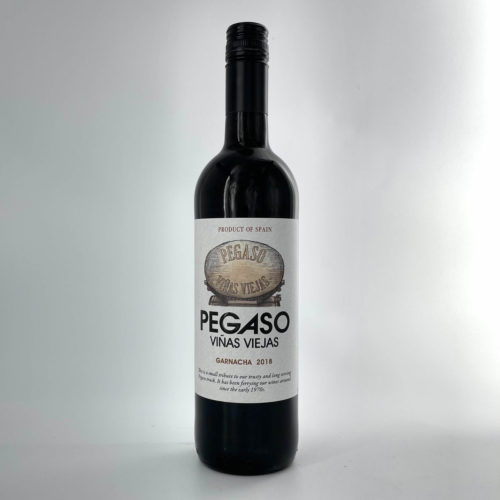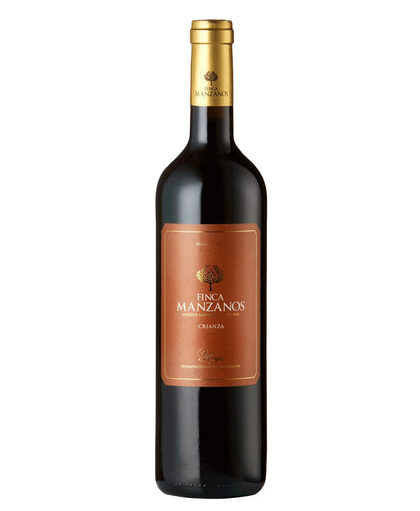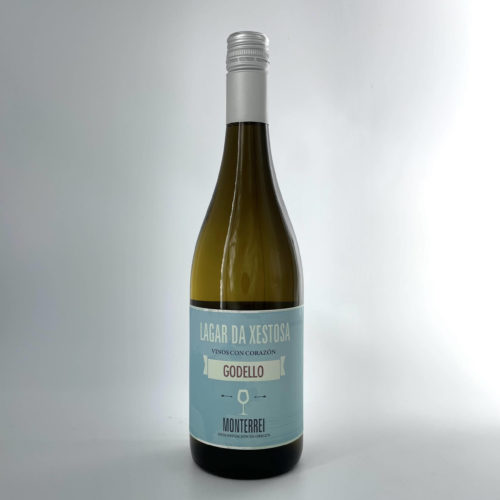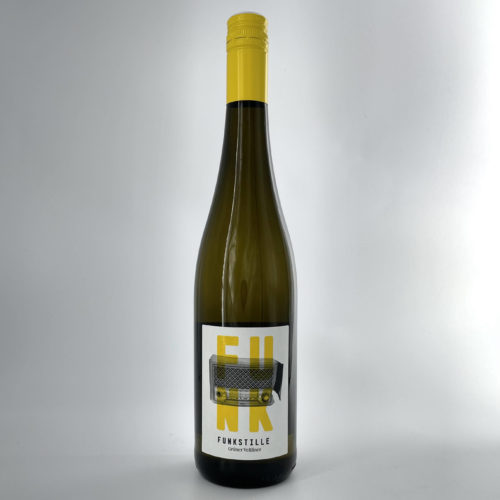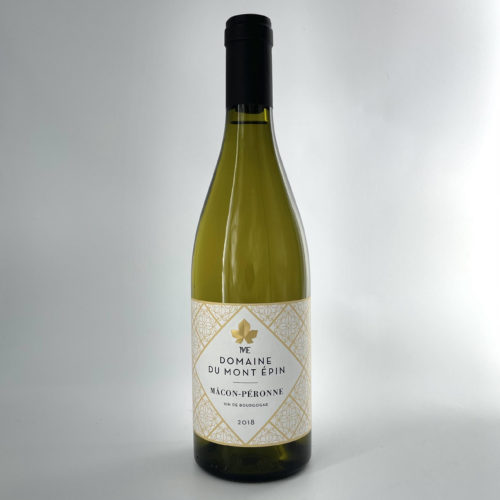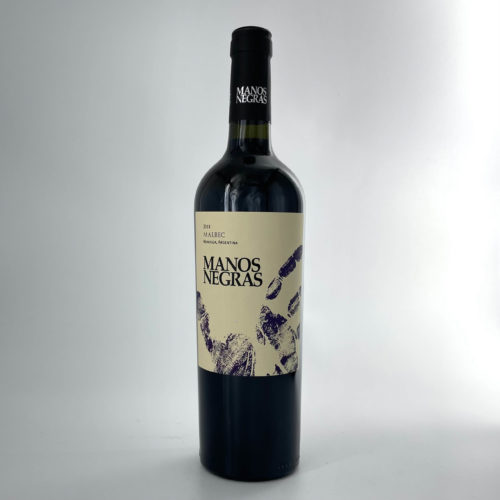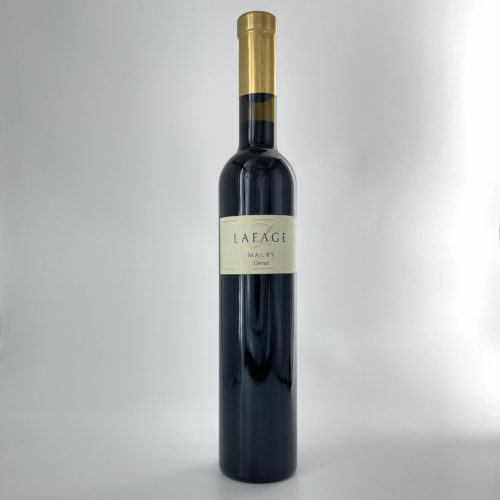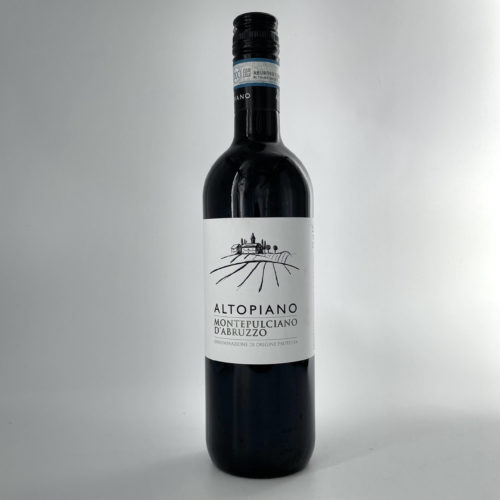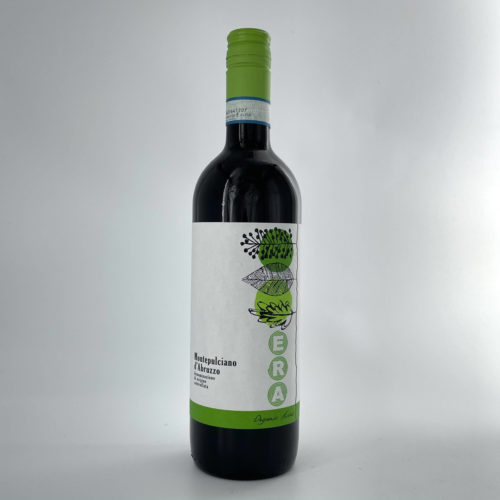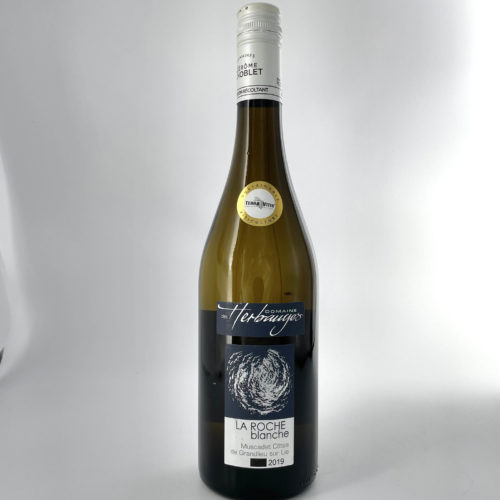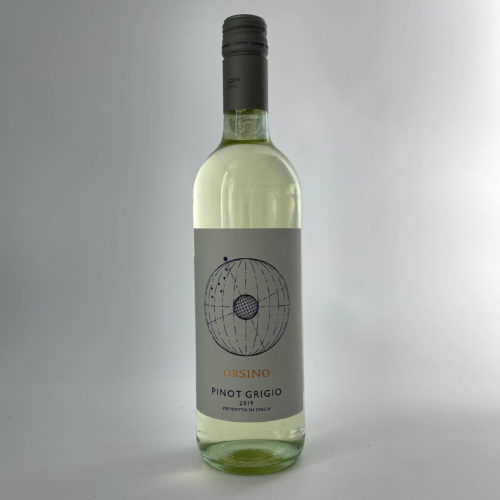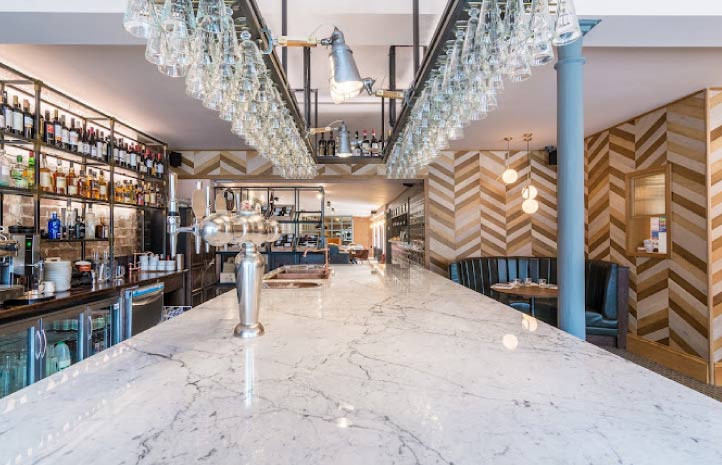Enblanco de Altolandon, Manchuela, Spain
As the lands starts to rise, inland northwest of Valencia, you will find Roselia Molina heading up Bodegas Altolandon.
The property consists of 120 hectares with the winery resting right in the centre, not only making it aesthetically satisfying but also extremely practical. At 1,100 metres above sea level, the altitude serves to benefit the grapes with large diurnal variations which encourage even ripening and also helping retain their natural acidity. Organic methods are used to manage the vines utilising only natural fertilisers and some green pruning to further guarantee the quality of fruit prior to hand-harvesting. The grapes are vinified as naturally as possible with native yeasts and little other intervention. The wines are then aged in French oak and some in clay amphora to retain purity, but build complexity.
Garnacha Pegaso, Bodegas Manzanos, Vino de Espana, Spain
On the border between Rioja and Navarra, Victor Manzanos carries on the work of the four generations before him.
Adding in significant amounts of ambition and energy, Victor Manzanos is at the forefront of the new Rioja – championing a modern interpretation of its varieties through his wines. As a grower, Victor is keen to prove that Rioja Baja has its own distinct character and should not be judged as inferior to Rioja Alta or Alavesa – just different. With brands also in Navarra, Victor and winemaker Borja are creating wine that is prized and cherished, from old vines growing on poor chalk and limestone soils which give wild berry and cassis flavours to the reds.
Rioja, Bodegas Manzanos, Finca Manzanos Crianza, DOCa, Spain
On the border between Rioja and Navarra, Victor Manzanos carries on the work of the four generations before him.
With over 250ha of owned vineyards at his disposal, including some of the oldest vines in Rioja, Bodegas Manzanos is fortunately placed to put both the sub-region of Rioja Oriental and the name Manzanos firmly on the map as one of the most important areas and producers in Rioja. This range of wines is a modern take on the traditional landscape of Rioja, championing the native grape varieties, Tempranillo, Viura and Garnacha. The team is the youngest in the region, a talented a group of people with the sole purpose of making wines that people will enjoy.
Godello, Lagar do Xestosa, Galicia, Spain
In 2002 Adegas Pazo do Mar was created. It was born of a 30-year family vocation, which respects and admires the age-old Ribeiro wine- making traditions, but has a fresh spirit and vision for the future.
Adegas Pazo do Mar is dedicated to the production of native varietals, including Godello. They are in pursuit of the perfect balance between traditional and modern methods to achieve characterful wines with distinctive freshness. Their commitment to quality led to Pazo do Mar recently investing in the very best of oenological technology.
Traditionally each generation of our family had used this historic site as their initial launching pad as each embarked on its particular quality crusade; but when it was our turn, in the early 2000s, we decided on a totally fresh start not just philosophically (our tenets to respect nature and go back to the old ways) but in a location of our own – with Alejandra running exports and communications, Marco the viticulturist, and Richard the oenologist.
Gruner Veltliner Funkstille, Austria
We all need a little ‘Funkstille’ (radio silence) in our life now and again.
Kick back and take a moment to enjoy the silence with a glass of Grüner Veltliner. With its subtle exotic hints, ripe pear and fresh citrus flavours, it’s a dry wine with complex flavours. The palate is rich with flavours of melon and grapefruit with a refreshing, zippy finish.
Macon Peronne, Domaine du Mont Epin, Burgundy, France
Richard and Stéphane Martin, the brothers behind Domaine de la Croix-Senaillet produce this wine. After freak weather patterns disrupted their harvest in 2015, they decided to take on two new vineyard sites in nearby Clessé. This allowed them to experiment with a different terroir, as well as expand their range with the incorporation of a number of new wines.
Malbec Manos Negras, Uco Valley, Mendoza, Argentina
Alejandro Sejanovich is arguably Argentina’s most knowledgeable viticulturist, working as vineyard director for Bodega Catena Zapata for 16 years, he pioneered high altitude vineyard planting and conducted ground breaking research on Mendoza Malbec clones.
Manos Negras focuses on latitude winemaking, planting Torrontes in the northern stretches of Cadayate in Salta, Pinot Noir in the southern-most region of Neuquen in Patagonia and cultivates 50 year old Malbec vines in the prized Altamira appellation in the Uco Valley.
Maury Domaine Lafage, Rousillon, France
Located between the sea and the mountains, half way between Perpignan and the Mediterranean coast, Domaine Lafage is one of our favourite new discoveries. Six generation ‘vignerons’, Jean-Marc and Eliane carry on the Lafage tradition, maintaining their family style of balanced, elegant wines displaying up front fruit. Their hard work has been rewarded with many accolades and medals from the Guide Hachette. What makes their estate particularly interesting is the fact that they grow a wide range of grape varieties (16) and produce an eclectic and varied range of wine styles, from crisp, clean whites to rich, fortified reds
Montepulciano d’Abruzzo, Altopiano, Feudo Antico, Italy
Feudo Antico was created on a small plot of land in the heart of Abruzzo. It is in Italy’s smallest DOP and the first designation of its kind in Abruzzo.
Starting from the 2013 vintage, all wines are Magis certified, the most advanced project for the sustainability of wine production in Italy. Currently their 15 hectares are cultivated using native varieties producing limited yields to ensure quality is retained. Clearly they highly value the land they work and this attitude is continued in the winery where the fruit and wine come into contact with no wood whatsoever, only concrete and glass. This guarantees the purity of the fruit, and its flavours, are conveyed from the vineyard direct to the glass.
Montepulciano d’Abruzzo, ERA, Veneto, Italy
From the winemaking team at Cantine Volpi comes this delicious range of organic cuvées called ‘ERA’, which we believe are a fantastic addition to our Italian portfolio. From their 5 distinct regional bases (Veneto, Marche, Abruzzo, Apulia and Sicily), the Volpi team cultivate a wide range of grape varietals that are fashioned into fresh, food-friendly wines.
Muscadet sur Lie, Domaine des Herbauges, Cotes de Grandlieu, Loire valley, France
This family estate has been in production since 1864 and is now the largest single estate in the region.
The vineyards benefit from an exceptional microclimate; the warmth of the Atlantic brings spring early, while the huge Lac de Grandlieu acts like a giant storage heater through growing season. Fourth generation winemaker, Jérôme is committed to the sustainability of the vineyards as well as to the health of the vineyard workers he has even grassed over 100% of the vineyards to reduce the vigour of the vines and to soak up rain at harvest. Each terroir of Domaine des Herbauges expresses its own subtle nuances, and reveals specific particularities and characteristics of the AOC Muscadet Côtes de Grandlieu Sur Lie appellation.
Pinot Grigio Orsino, Veneto, Italy
Orsino Pinot Grigio is from the volcanic soils of Veneto. Meaning “little bear,” it depicts a constellation of stars that overlook and protect the vineyards by night.
The vineyards are located on the hillsides and planted on clay soil. Cultivated in the espallier system and pruned Guyot style. Grapes are harvested at dawn and late in the day to maintain fresh acidity. Clusters picked during the cooler hours remain intact and there is no risk of skin fermentation during transport.

